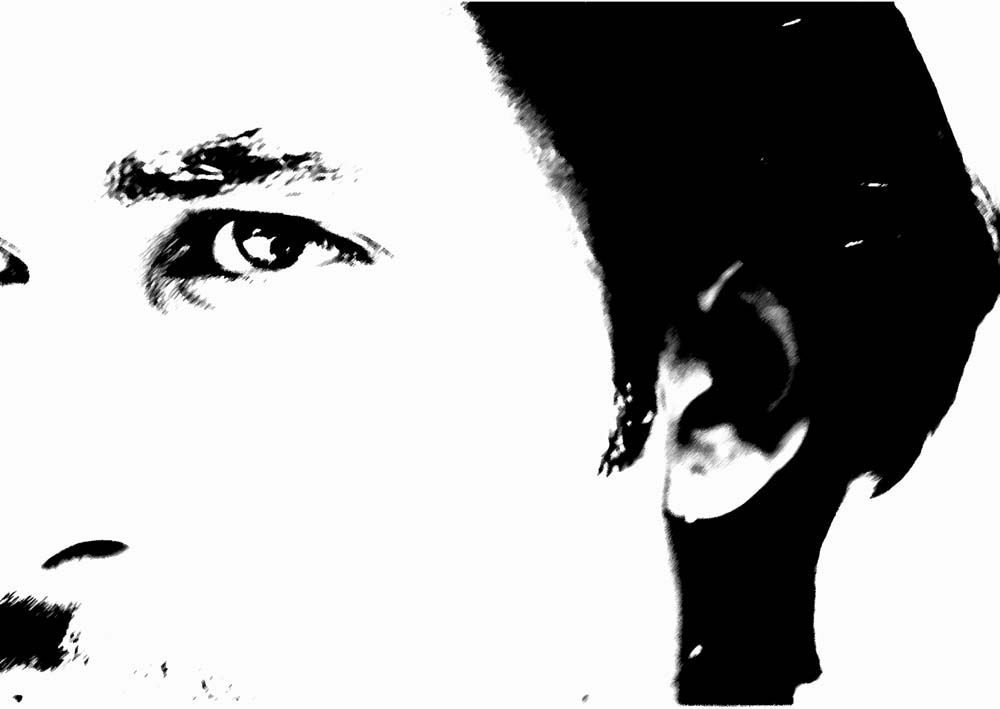


Rachel Wingfield and Mattias Gmachi work together as Loop.pH, a design and research studio which investigates and creates new surfaces and structures. Their reactive surfaces are often inspired by natural forms and processes, expressed as both 2-D and 3-D forms using light, colour and electroluminescent technology. The pictures above show Digital Dawn, a light reactive window blind.
Using printed electroluminescent technology it emulates the process of photosynthesis, reacting to changes in ambient light levels. As the space becomes darker the blind becomes brighter, maintaining a balance in the light level. This concept of light-reactive textiles was explored further in Light Sleeper, a silent alarm clock which is a set of bedding containing electroluminescent material.
Using printed electroluminescent technology it emulates the process of photosynthesis, reacting to changes in ambient light levels. As the space becomes darker the blind becomes brighter, maintaining a balance in the light level. This concept of light-reactive textiles was explored further in Light Sleeper, a silent alarm clock which is a set of bedding containing electroluminescent material.
Similar technology was used in Blumen, an electronic wallpaper display. The wallpaper is built up from a number of addressable cells forming a repeating pattern across the surface. Each cell can be addressed individually and when connected to sensors Blumen becomes an animated pattern, emerging and altering in response to its environment. Temporal Light takes a similar approach, embedding the electroluminescent material into tiles which act as pixels in the display.
Also interesting is Biowall, a hand-woven 3-dimensional structure created by bending fibreglass rods into rings which are then woven into dodecahedra. These in turn are joined together to form lace-like walls of any size. The finished structure is self-supporting while maintaining some of the flexibility of a textile.
Also interesting is Biowall, a hand-woven 3-dimensional structure created by bending fibreglass rods into rings which are then woven into dodecahedra. These in turn are joined together to form lace-like walls of any size. The finished structure is self-supporting while maintaining some of the flexibility of a textile.

No comments:
Post a Comment